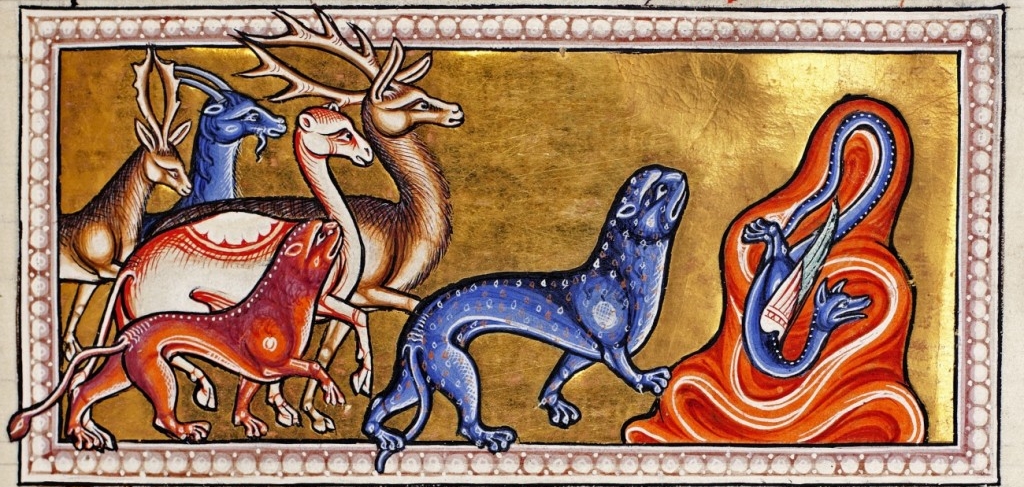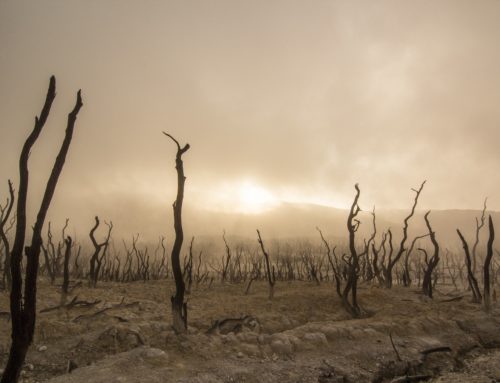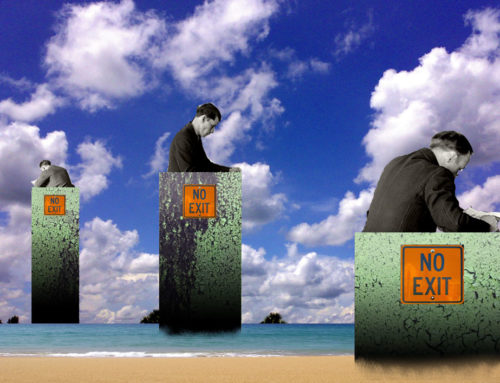Howl of the Day: Feb 23, 2016
It was a week of dying for remarkable people.
The U.S. Supreme Court Justice, Antonin Scalia, passed away on February 13th, to be followed just six days later by both the novelist, Harper Lee, and the Italian thinker and writer, Umberto Eco.
Each of these individuals is surely due their tributes, but this one is for Eco, a man whose fertile imagination and wide-ranging labors were with few peers in today’s world. Born in the Piedmont region of Italy, Eco would, over the course of his life, make many and numerous contributions to literature, as novelist, essayist, and critic, to the university, as teacher, scholar, and even founder of a department for media studies, and to thought on such subjects as semiotics, philosophy, art, popular culture, and communication. His was both a deep and an industrious soul – a rarity.
It seems that there was also a riddle at the center of Eco’s existence, one that in the mentioning of it might serve as a fitting way to commemorate him.
In Eco’s theoretical work, he usually had the look of a post-modern man. And yet, in his art, he could look almost medieval.
Eco’s writings, especially the early essays on literary theory, many of which are collected in The Open Work (1962) , possess a keen sense that modern and contemporary art derives it’s character from a kind of crisis, one which Eco understood himself to have suffered from – the breakdown of what had been the traditional sources of artistic authority and modes of expression.
But there was also, for Eco, a lifelong commitment to the Middle Ages, to its thought, its art, its feelings, its beliefs, and even to its standards. An excellent example of this is to be found in his most famous novel, The Name of the Rose (1980), which takes place in a 14th-century monastery, the architecture of which is detailed with stunning precision, and in which the very careful plotting of a mystery and the equally careful prose is underwritten by the thought of St. Thomas Aquinas.
In Eco’s theoretical work, he usually had the look of a post-modern man. And yet, in his art, he could look almost medieval. When he explained what art can and should do, here and now, Eco often appeared quite radical and very much engaged with the spirit of the times. But when he made it himself, it often appeared in the guise of a most wonderful throwback to times long past. Some attempts on the parts of others have been made to reconcile these aspects of his legacy and more, one hopes, are soon to be made.
Eco’s own later work in the field of semiotics, the study of symbols and how they convey meaning, notably presented in such books as A Theory of Semiotics (1976) and Kant and the Platypus (1997), often expressed itself as an attempt to bring these disparate elements together. He even hoped aloud that semiotics might provide an organizing framework for the rest of contemporary human inquiry.
Perhaps just the statement of this apparent contradiction, medieval heart and post-modern mind, is a tribute to Eco, in that the picture of his life be drawn as a kind of “open work”; a field of meanings which, whether the meanings that comprise it can be reconciled to one another or not, invites the interested observer to participate and to produce a range of possible interpretations.
But perhaps too, in keeping with the dichotomy, there is another, more antiquated way of looking at it, one which likely haunted and enticed Eco himself in a certain manner. It might simply be that the best artists are not also the best at giving accounts of their own work. As Socrates rather plainly makes the case about poets in Plato’s Apology, “they do not make what they make by wisdom, but by some sort of nature and while inspired… they know nothing of what they speak” (Apology of Socrates, 22b-c).
In Eco’s case, it seems that the effects of his careful study of the great medieval attempts to give order to inspiration, which in their turn owed so much to earlier classical thought, never really left him. It was the spirit of those attempts that he sought to recover, ironically, by always looking forward as a theorist.
(Image: Detail from an Illuminated Medieval Bestiary, via the University of Aberdeen)










It isn’t the least bit surprising that Eco was a medievalist and a postmodernist. ALL the famous post-modernists–Derrida, Foucault, Lacan, etc.–were medievalists. Post-modernism is simply what you get when medieval scholars find contradictions within Aristotelian metaphysics, and then think they’ve refuted modern science, because they think Aristotle and modern science are basically the same thing.